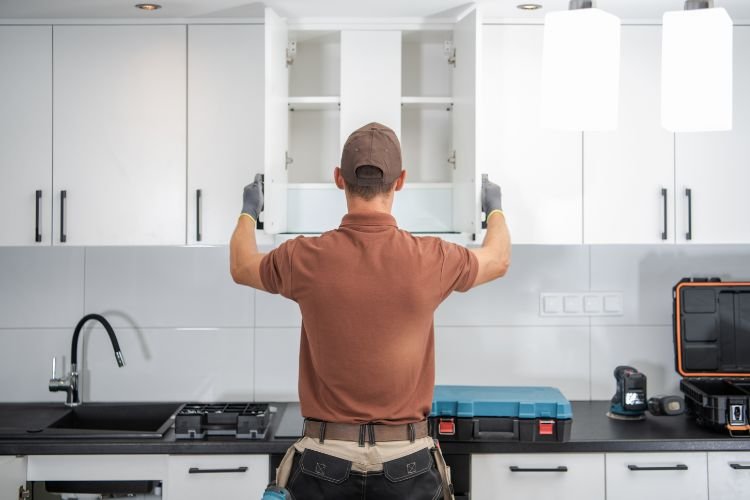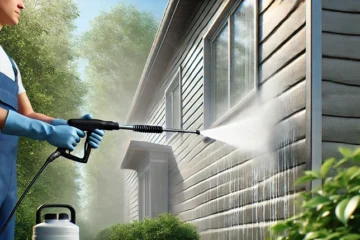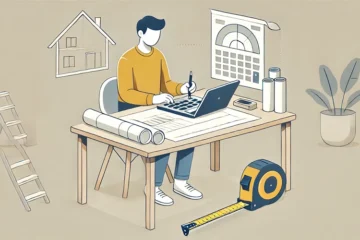How To Prepare Kitchen Cabinets for Painting

It’s nice to freshen up your house once in awhile to give it a cleaner, newer look. You can do this without spending a lot of money. Just as rearranging furniture and replacing old accessories with newer ones can make a big difference in upgrading the look of your house, so can repainting your kitchen cabinets.
The extreme temperatures to which your kitchen cupboards are exposed hastens the damage to the wood. People on a budget can make this into a crafts project and do it at home. It’s fairly easy and you can get the same professional look without the sky high price.
Prep the wood for new paint
In order to prepare the kitchen cabinet for a new paint job, you’ll need to strip the old paint and roughen up the surface. First, remove anything that is attached to the cabinet, whether they are knobs, hooks, handles or what-not. Do this carefully to avoid any damage and to preserve the condition of the wood. Next, take down the cabinet doors. You can do this by unhinging the doors using a screwdriver.
Rough it up
Take your cabinet doors and rub sanding block all over the surface. Be thorough in sanding down the paint to get the wood to its raw nature. It is easier to be systematic about it so that you are sure not to miss any surfaces. Don’t forget the hard-to-reach areas of the door. When you’re done with one door, move on to the next door and sand it thoroughly.
It’s best to sand the doors outside so that you minimize the mess that you’ll need to clean up afterwards. To reach very tight areas, make use of a brass-wire brush to get the job done. After sanding, take a cloth and dampen this. Then, wipe off the doors and the cabinet to get the residue off. You might want to wash down the surface to help the new paint adhere properly.
Applying the paint
To cover old holes, use fillers to get the cabinet to become whole again. In order to do a good paint job, purchase a primer. Carefully paint your cabinet in a systematic, rhythmic manner. Make sure that the primer is painted evenly. Use long strokes for an even layer. Use a 2.5 to 3-inch paint brush to get the best paint job output.
Choose a paint color of your choice and apply thin, long coats to achieve a smooth finish. Build up to get a solid hue by painting several thin layers in long strokes. In between layers, let each coat or layer dry completely so that the next one will go on smoothly. In between layers, you can use 400 grit sandpaper and rub this gently on the surface before applying the next coat.
Be patient in repainting your cabinet. To do the job in haste is to get an ugly paint job. Then you’ll have to do it over again. On the other hand, if you’re patient, it may take awhile but you’ll be proud of your work.


